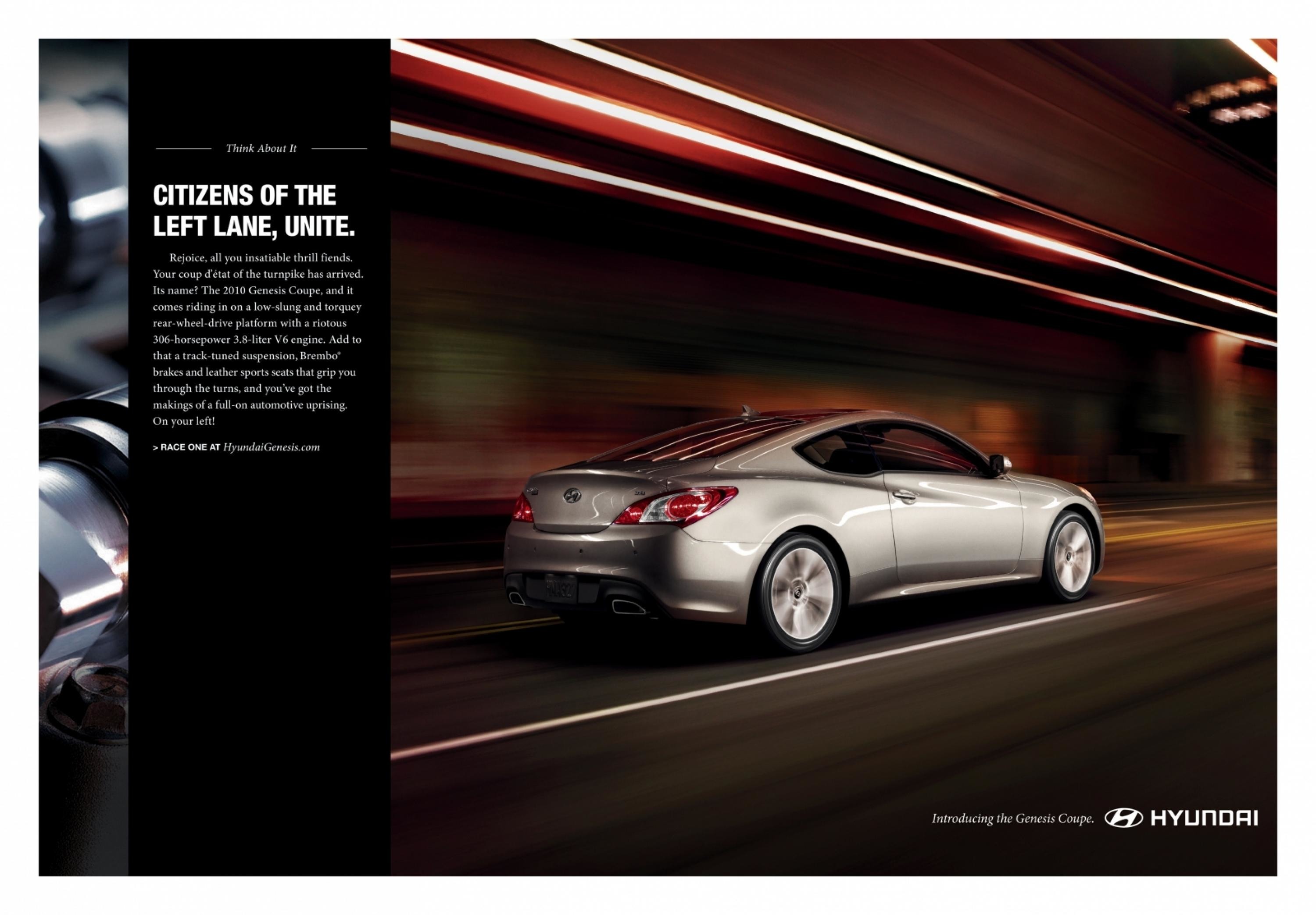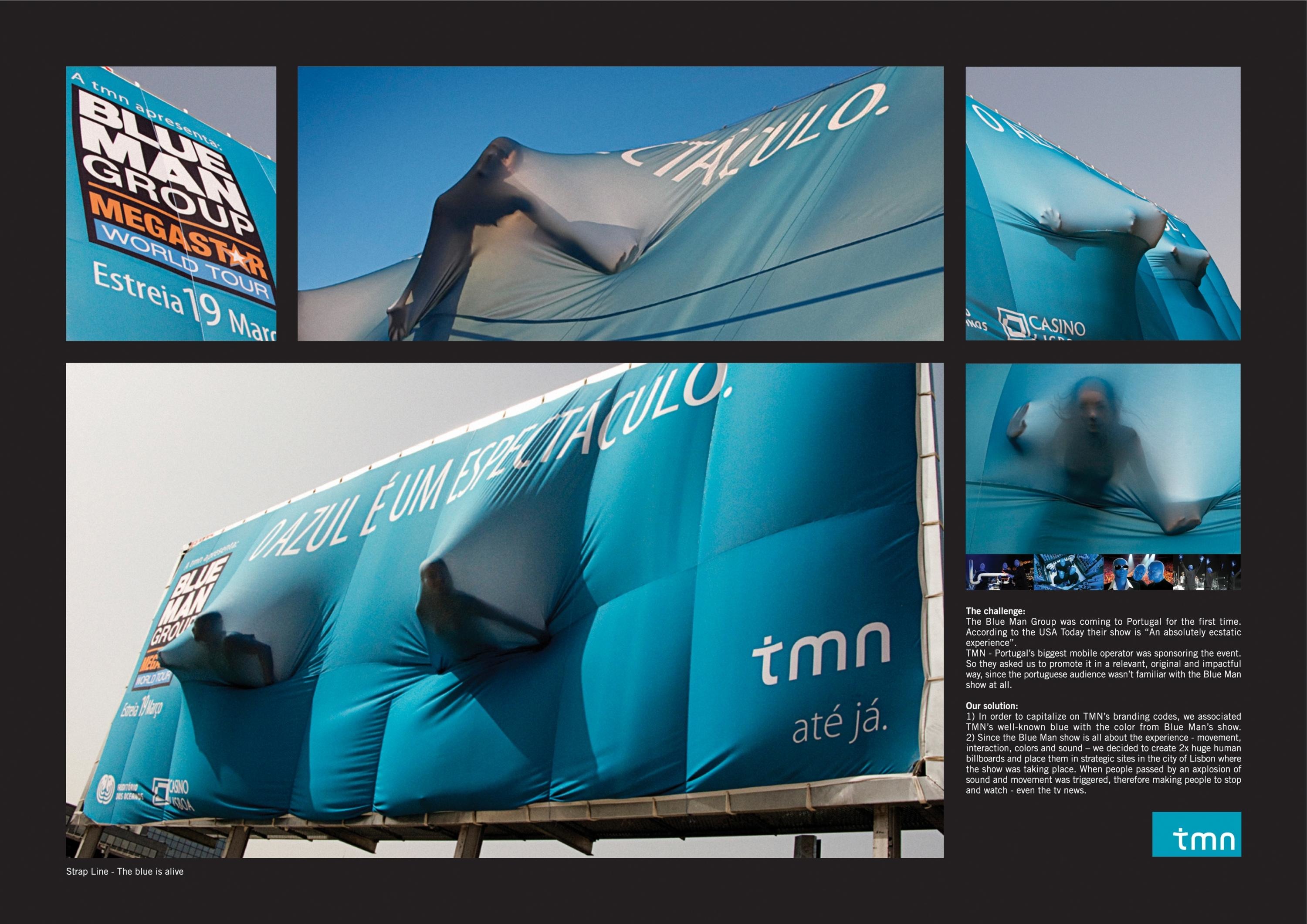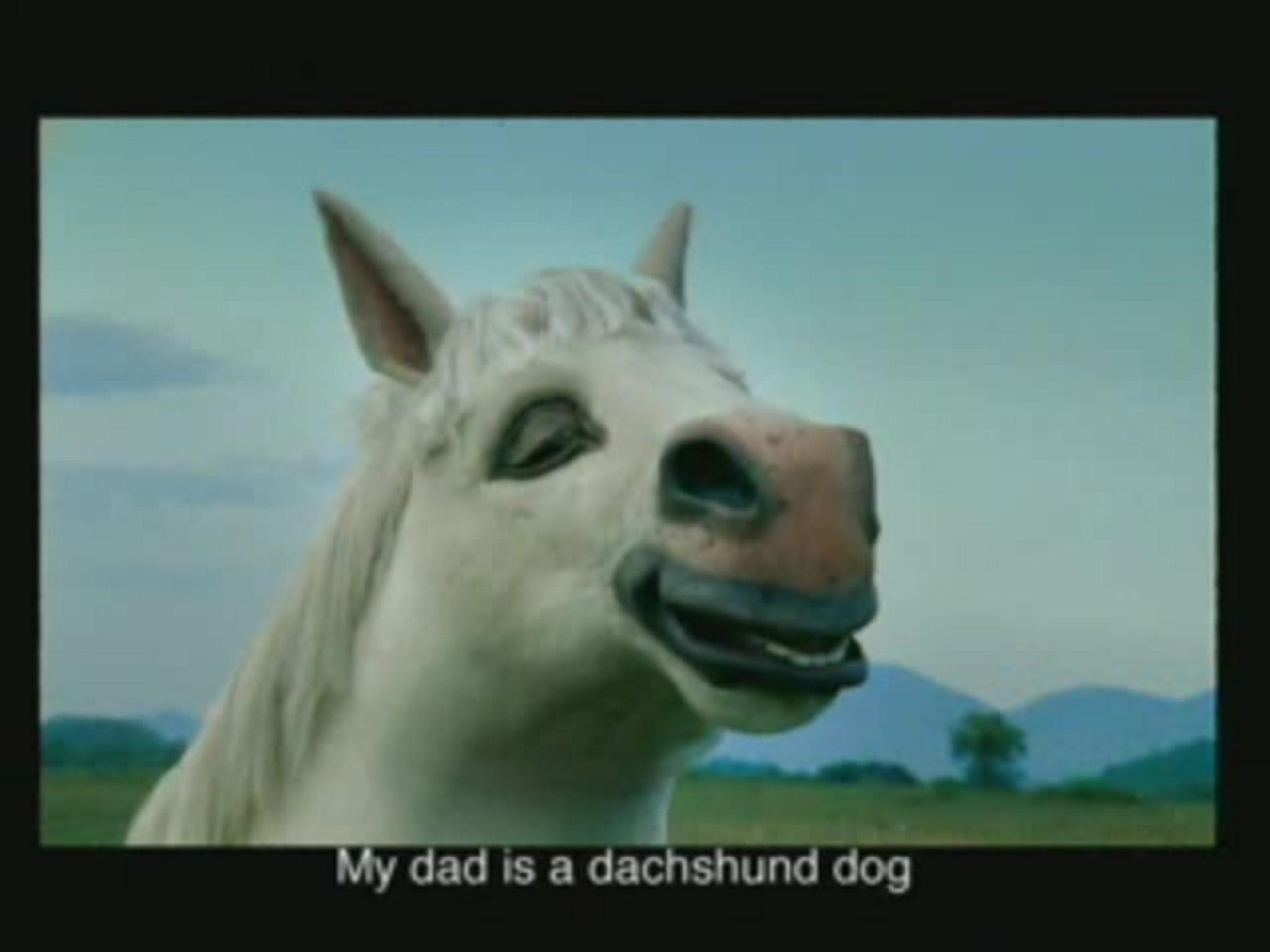Spikes Asia
TIME TRAVEL NAVIGATOR
HAKUHODO I-STUDIO, Tokyo / MITSUBISHI / 2019



Overview
Entries
Credits
Overview
Background
Unlike before, nowadays many people are reluctant about going for a drive, and the number of people who choose a car when they go out is decreasing. As a result, people have less connection to cars and the trend of people turning away from cars is accelerating. In many cases, an incredible drive comes with a great destination. Mitsubishi Motors decided to try to revive the desire for a ride, by proposing “heart-pounding destinations that no one has ever seen before.”
Idea
We have developed a service that transforms vehicles into a time machine.
By using a technology that matches “classical literature” about breathtaking sceneries which struck the hearts and souls of our predecessors with “real-time meteorological data” provided by the Weathernews Inc., we created a never-seen-before “service that actualised a drive which goes beyond the spacetime.”
Strategy
Having four distinctive seasons, Japan is blessed with the various meteorological phenomenon. Facts about beautiful sceneries were passed down from generation to generation from more than 1000 years ago through poems such as The Pillow Book and The Tale of Genji. Mitsubishi Motors thought that if they could provide people in today’s world, opportunities to see the sceneries that struck the hearts and souls of our predecessors, more people would be interested in going for drives.
Execution
This app navigates people to the destinations, the Japanese-classic-like landscape (sceneries expressed in Japanese classical literature) by predicting a rate of its appearance. It is effortless to use, only asks users to enter the place of departure. TIME TRAVEL NAVIGATOR was developed by mixing “classical literature” and “meteorological data.” The first step of development was choosing literature that wrote about magnificent sceneries from more than 1 million classical literature and specifying the place and time of such sceneries with literary scholars. Then, in the second step, analysed the weather conditions in which those sceneries can be observed from real-time meteorological data perspectives, such as temperature, humidity, and wind velocity with meteorologists to pinpoint 28 sceneries in classical literature. Mitsubishi Motors implemented a campaign which revived the “well-known” views in ancient literature by asking users of TIME TRAVEL NAVIGATOR to post pictures of the landscape they encountered.
Outcome
TIME TRAVEL NAVIGATOR received critical acclaim from many media and recorded 50 million media impressions domestically with approximately more than 100 thousand users. Having more than 30 municipalities asked us if they could utilise this system as a mean to attract tourists, and Ferris University utilising this system as an educational tool in class, we can conclude that we were successful in creating a significant movement in Japan. As a result, TIME TRAVEL NAVIGATOR not only motivated people to go out for drives but also successfully take Japanese people back to the marvellous sceneries of our country that many of us had almost forgotten.
Similar Campaigns
12 items







